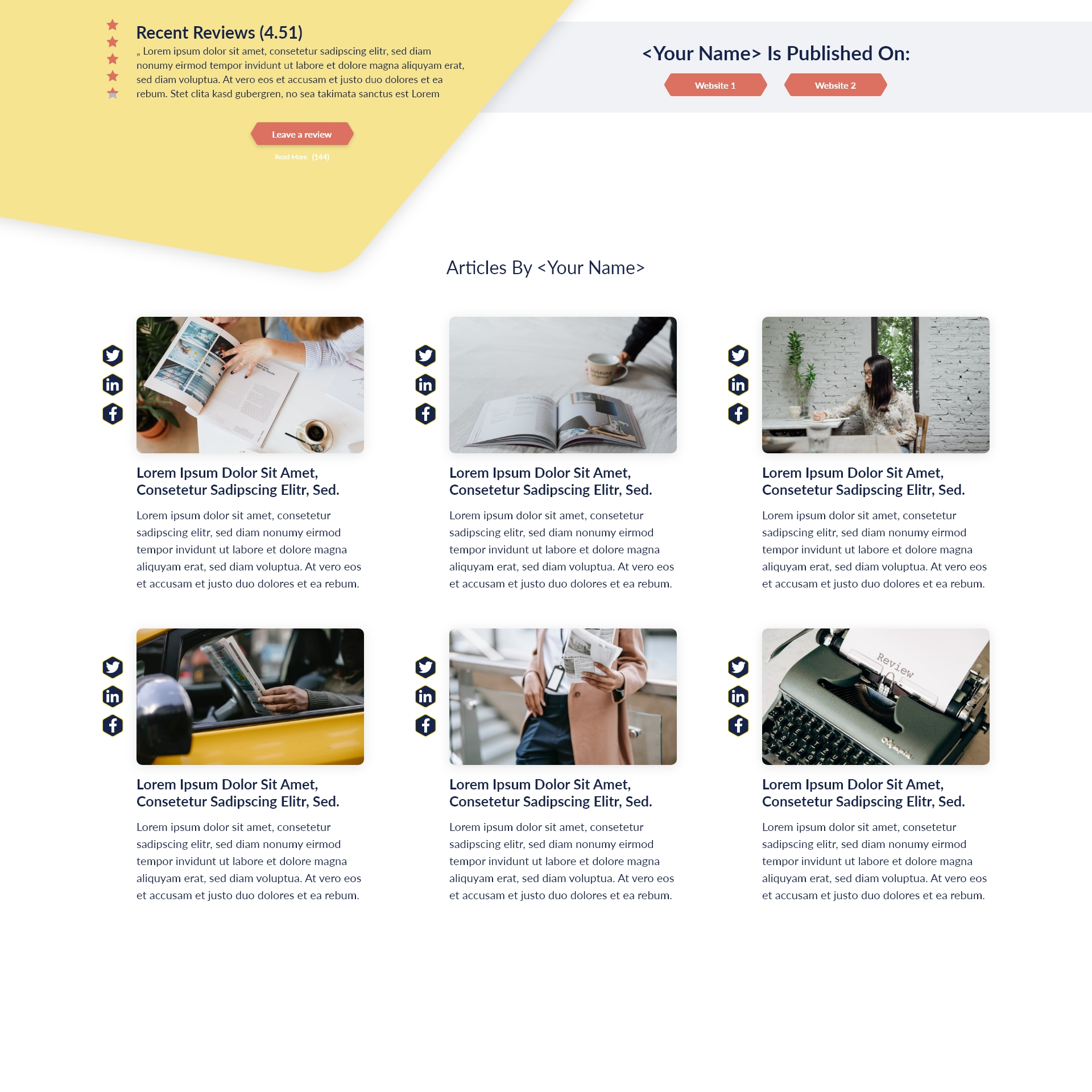The trend of workplace well-being has been increasing for many years, especially in 2020. Unsurprisingly, wellness initiatives focused on healthy, safety, and crisis management amid a global pandemic. As people hunkered down for extended periods of remote work or unemployment, new trends have emerged that helped shape what’s considered normal at the office. For example, preventing burnout through social connections to fight isolation is one of the new challenges companies face.
Leadership that prioritizes a wellness-focused approach to their employees understands the inclusive nature of initiatives to provide group culture with healthier workplace well-being standards. A heightened sense of well-being in the workplace is essential to a team’s overall development and longevity. More and more companies are beginning to catch onto the initiative by implementing new standards at their employees’ request.
As companies continue enhancing their efforts, there are ten specific strategies organizations may employ to promote improved well-being in the workplace. Rather than lecturing employees on healthier lifestyles, leadership can strive to support the many aspects of well-being in the workplace. Well-being initiatives utilize five common elements: physical health, financial security, social relationships, relationship to community, and a sense of purpose. These elements easily translate to the following descriptions.

Physical Health
Enough energy to get through daily tasks, in addition to good health.
Financial Security
Increasing security and reducing stress by actively managing your economic life.
Social Relationships
A lifestyle that is brimming with love and supportive relationships.
Community
Feeling safe, taking pride in your community, and liking where you reside.
Purpose
Achieving goals by liking and being motivated by what you do each day.
Leadership Onboarding
A hierarchical approach to any wellness program works well in a corporate environment by involving every employee, especially those in charge. With the support of management, allocate resources to support wellness programs heavily dependent upon a generous budget. From senior executives down, the promotion of the program should encourage employees to get involved. Once a manager has done their job in engaging their employees, they can continue to build team trust. From there, a manager can discuss health goals using support and encouragement, resulting in a comfortable, affected employee.
Mental Health Awareness
More than 300 million people worldwide suffer from depression, according to statistics. Numbers such as these mean that individuals within your employee desperately need support from leadership (or just about anyone, really). Individuals suffering from depression may fear rejection from speaking up about their mental health struggles. However, a lack of understanding and education regarding treatment options may be to blame. Therefore, it is crucial in promoting workplace well-being that management builds upon mental health initiatives. For example, corporations can begin their inclusive wellness program by offering counseling sessions as part of employee health benefits.
Start the Discussion

An employee’s friends, family, and hobbies are just a few examples of the interests and life existing outside work. Each aspect plays a role in their well-being and happiness. However, work has a way of interrupting enjoyable activities. Once this occurs, employees may become affected by the disruption of their work-life balance. By ensuring schedule control and flexibility and communicating the importance of maintaining a healthy balance, you equip your employees to succeed.
Furthering Dialogue
It can feel daunting to discuss seemingly personal issues with your employees, but, as a leader, the topic of emotional health is essential. Overall, a single struggling employee can impact your whole team, even if it’s just emotional. Discussing workplace wellness can significantly reduce the effect on all your employees when one is struggling. Opening up the dialogue around the office can happen in various ways, from healthy vending machine choices to daily walks.
Mentoring Possibilities
Mentorship opportunities serve as a powerful tool for well-being and engagement. Employees who embrace mentorships receive guidance, support, and advice throughout their journey. Depending on the terms of your organization, mentorships come in many forms. Remote mentoring, peer learning and more traditional mentorships are just a few programs organizations may contribute to improving the well-being of their employees.
Recognizing Employees
According to a recent study, one in three humans naturally crave recognition. Recognition on the job imparts value and a sense of accomplishment that motivates employees. You can make the effort of credit a simple one, such as a written note or an award. As a leader, putting words into action shows your team that you care about their well-being and appreciate their role to their employer.
Management Training
It can be an exciting time to onboard and train newly hired managers. However, it is crucial to offer guidance regarding their employment and overall workplace wellness journey. By providing services and programs provided by your organization, freshly hired managers will be poised to succeed, thereby improving company retention rates. You can further their success by encouraging them to utilize the most appropriate wellness programs available. They should also have a thorough understanding of how they play a vital role in supporting new hires throughout the onboarding process.
Employee Surveys
To understand how your employees receive the new wellness initiatives, you should ask employees how they are doing. Staff may also seek feedback to gather more info on where to offer additional support. Management should also ask employees for their opinion on various activities that could increase well-being at work. However, when creating a workplace survey, you must adhere to stringent guidelines.
When creating your workplace survey, ensure you do not use terms with solid associations, such as metaphors. Additional avoidances include ranking systems and creating a question by merging disconnected topics. Furthermore, should you decide to use a scale in the survey, use numbers instead of letters. And finally, surveyed employees should be able to complete the survey in a matter of 20 minutes. Once survey results are in, remember that some answers may highlight how the wellness program fails to help employees. This is all part of the growth process and generates awareness of the program’s overall growth.
A Healthy Working Environment
From life at home to work, maintaining a healthy lifestyle is all about remaining active. This may be a difficult task considering how long employees spend sitting at their desks daily. However, considering the demands of current jobs, working in front of a screen and time spent on the phone are often a requirement. Therefore, an active workplace is inducive to a healthier, more productive office.
Swapping to standing desks for all your employees is just one way to provide a healthier workplace alternative. Starting a running or walking group, and allocating space to a stretching area or gym, are just a few ways you can jumpstart your wellness initiative. In fact, studies have shown that walking during the day makes individuals more positive and productive, enabling the organization to benefit through incremental encouragement.
Utilizing External Support
No well-being program would be complete without making external support resources available for staff. These resources may include therapy sessions, meal kits, and counseling, easily integrated into an existing health benefits package. Utilizing third-party professionals in outsourcing external support management is poised to create a more successful program, promoting a healthier workplace.
Improving Group Culture
Investing in your people is your most brilliant move as a leader. Putting well-being initiatives into place improves and supports your employees’ mental and physical health and shows how the company values each team member. As a result, not only will your organization’s employees exist in a better state, but the organization of the office will also improve. These improvements may come from a mentorship program or various benefits, but they all work together to create a more inclusive workplace free from barriers.







